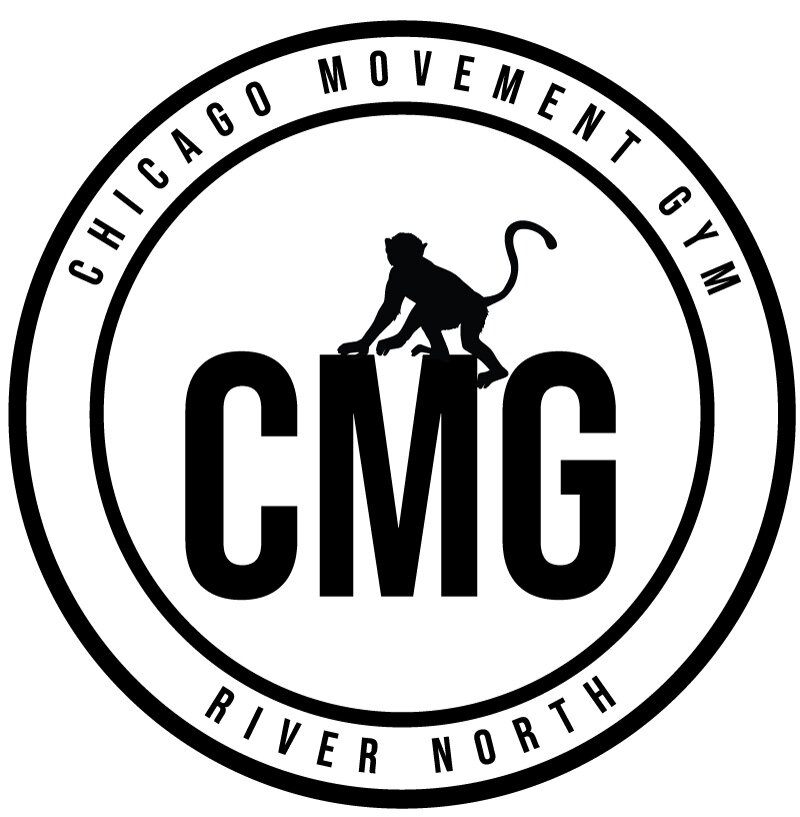7 tips to get started with movement training
Movement training is a holistic approach to fitness that focuses on improving your body's ability to move efficiently and naturally. Whether you're an athlete or just looking to stay active, movement training can boost your strength, flexibility, and coordination. Here are seven tips to help you get started:
1. Understand the Basics of Movement Training
Before diving in, it’s essential to understand what movement training entails. Unlike traditional workouts that isolate specific muscle groups, movement training emphasizes full-body exercises that mimic natural movements like crawling, squatting, and jumping. This approach enhances functional strength and improves overall mobility.
2. Start with a Warm-Up
Warming up is crucial to prepare your body for movement training. Begin with dynamic stretches and light cardio exercises to increase blood flow and loosen up your muscles. Examples include arm circles, leg swings, and jogging in place. A proper warm-up reduces the risk of injury and ensures you’re ready for more intense activities.
3. Focus on Mobility and Flexibility
Mobility and flexibility are foundational for effective movement training. Incorporate exercises like hip openers, spinal twists, and shoulder stretches into your routine. Yoga and Pilates are also excellent practices to enhance flexibility and body awareness, which are key components of movement training.
4. Incorporate Bodyweight Exercises
Bodyweight exercises are a great way to build strength and coordination without the need for equipment. Start with movements like push-ups, squats, lunges, and planks. These exercises not only improve strength but also teach you how to control your body in space, a critical skill in movement training.
5. Practice Functional Movements
Functional movements are exercises that mimic everyday activities. Examples include deadlifts, kettlebell swings, and farmer’s carries. These movements improve your ability to perform daily tasks while enhancing your balance and core stability. Functional training also helps prevent injuries by strengthening the muscles you use most often.
6. Learn from a Professional
If you’re new to movement training, consider working with a coach or joining a class. A professional can teach you proper techniques and ensure you’re performing exercises safely. They can also create a customized program tailored to your fitness level and goals, helping you progress more effectively.
7. Be Consistent and Patient
Consistency is key when it comes to movement training. Aim to practice at least 2-3 times a week, gradually increasing the intensity and complexity of your exercises. Remember, progress takes time. Celebrate small victories and stay committed to your journey.
Bonus Tip: Listen to Your Body
Pay attention to how your body feels during and after each session. If you experience pain or discomfort, modify the exercise or take a break. Rest and recovery are just as important as the training itself.
Final Thoughts
Movement training is a versatile and rewarding way to enhance your physical fitness. By following these tips, you’ll build a strong foundation and set yourself up for long-term success. Start small, stay consistent, and enjoy the journey of discovering what your body is capable of!
